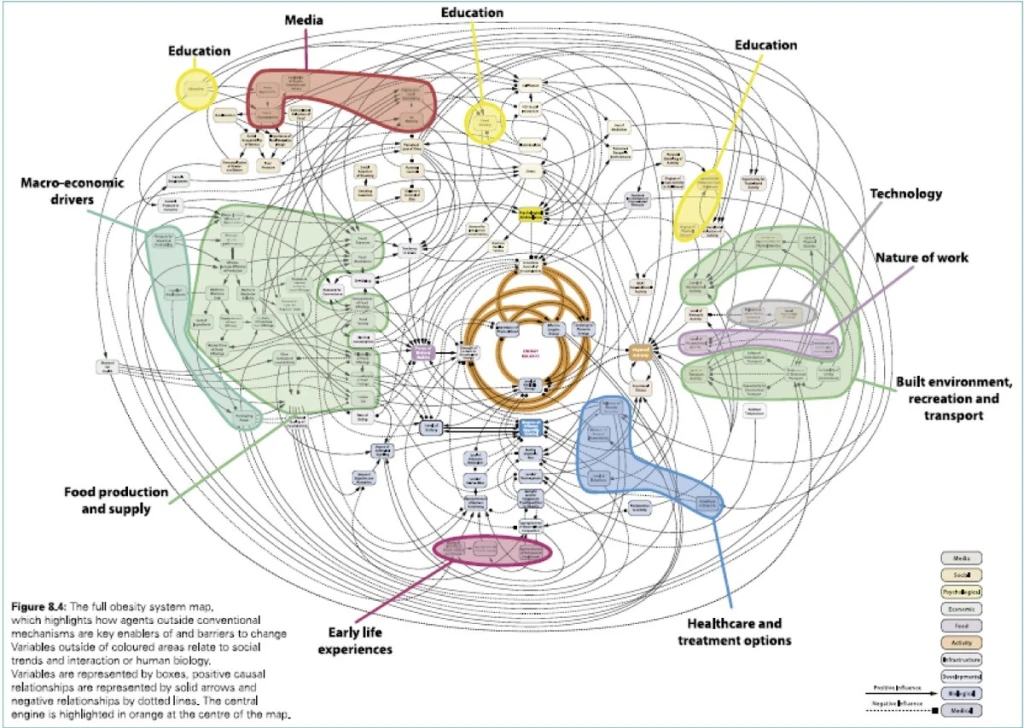I recently saw a post on Mastodon to the effect that when a measure becomes a target it stops being an effective measure – or something very much like that. Then I tried to get back to it and couldn’t find it, so I asked the hive mind, and of course, it delivered.
Goodhart’s law is stated as: “When a measure becomes a target, it ceases to be a good measure.”
The Wikipedia entry also links to the McNamara fallacy, which I have cited in co-production and participative evaluation before: “The first step is to measure whatever can be easily measured. The second step is to disregard that which can’t easily be measured or given a quantitative value. The third step is to presume that what can’t be measured easily really isn’t important. The fourth step is to say that what can’t be easily measured really doesn’t exist.”
Also, in response to my question Neil Tamplin dug out this 2019 blog post by Chris Bolton at Audit Wales, which has lots of this and related things and more thoughts, especially about measuring things in complexity. Hoarding it here under the Measurement tag!

Obesity system map, quoted in Chris Bolton’s blog post above
